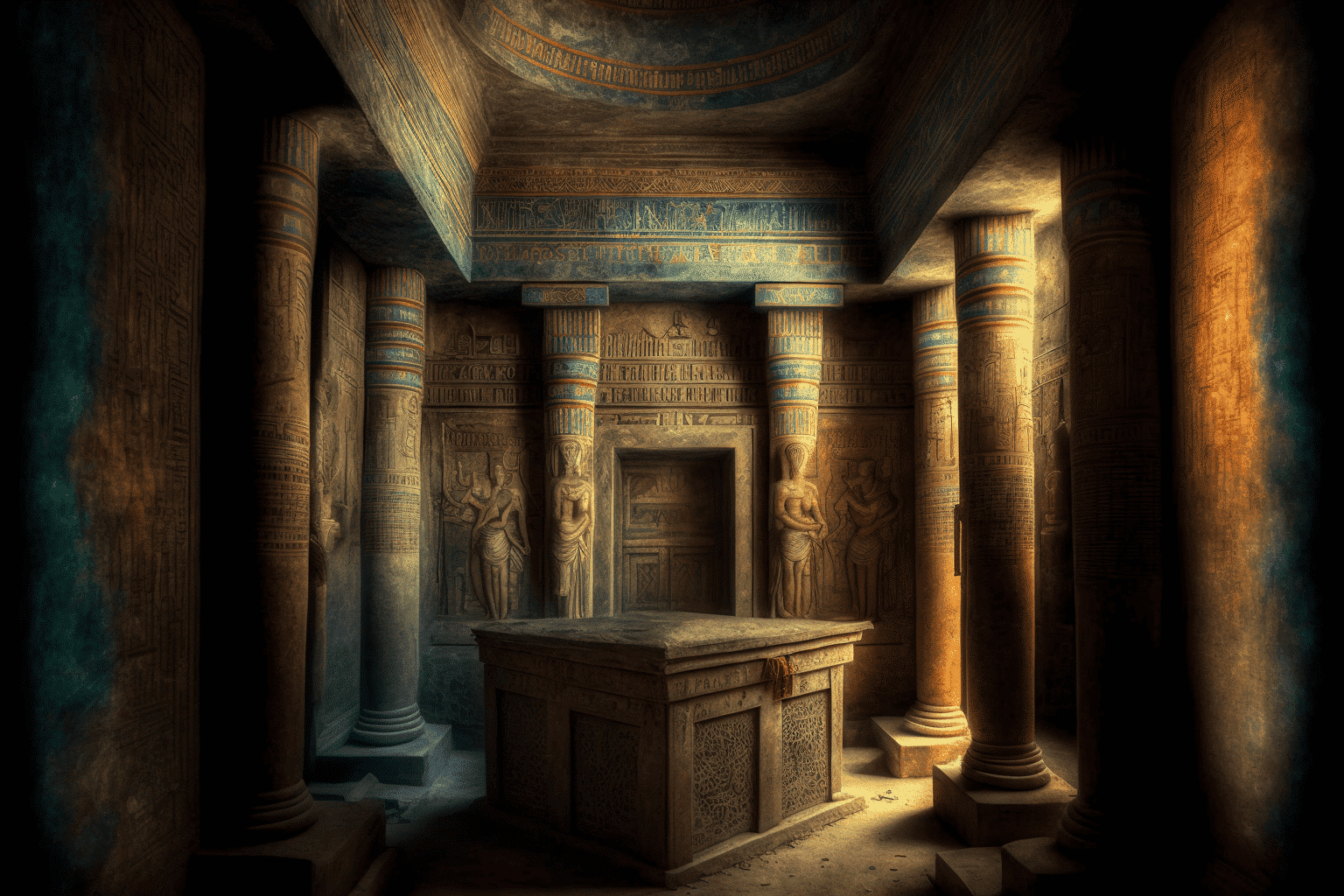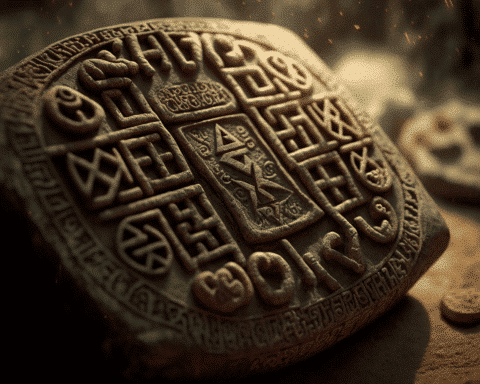A joint Egyptian-British team has uncovered a previously undiscovered ancient royal tomb in Luxor, Egypt.
Earlier this weekend, officials announced the news via social media and a press release.
“A joint Egyptian-English mission between the Supreme Council of Antiquities and the Modern State Research Foundation at the University of Cambridge has successfully discovered a previously unknown royal tomb during excavation work in Valley No. C in the Western Valleys area of Luxor.
According to Dr. Mostafa Waziri, Secretary-General of the Supreme Council of Antiquities, initial evidence suggests that the tomb may date back to the 18th Dynasty of Ancient Egypt.
The mission will continue excavating and documenting the tomb to reveal its architectural and technical elements.
The tomb is in poor condition due to ancient flooding and deposits of sand and limestone, which have obscured many of its features and inscriptions.
The tomb may belong to a royal wife or princess of the 18th Dynasty, of which many have yet to be discovered.”
Mostafa Waziri, secretary-general of Egypt’s Supreme Council of Antiquities, stated that the tomb is believed to date back to the 18th Dynasty of Ancient Egypt (1550-1292 BCE) and could possibly belong to a royal wife or princess.
However, it is difficult to determine the tomb’s intended occupant due to flooding and damage.
Luxor, once known as Thebes, is home to notable ancient sites such as the Valley of the Kings and the tomb of Tutankhamun.
A team of Spanish archaeologists discovered two tombs in Luxor earlier this month.
A team of Spanish archaeologists has discovered sixty mummies in two tombs in the ancient Egyptian city of Luxor.
The tombs were built after the 18th dynasty (1550-1292 BCE) and are connected to the tomb of the vizier Amenhotep-Huy, a high-ranking official who served under pharaoh Amenhotep III.
The tombs consist of two chambers connecting to the vizier’s burial place, a chapel containing 30 columns with inscriptions.
The site is a valuable example of architectural style and shows that the vizier’s tomb became a necropolis at some point, according to Francisco Martín-Valentín, the leader of the Vizier Amenhotep Huy Project.
The team of 22 Spanish Egyptologists and 8 Egyptian experts on the excavation found that the tombs were built within the vizier’s tomb as it was a sacred place.
The mummies were of senior officials of the clergy of Amun of Thebes and were mummified, indicating they belonged to higher social classes.
Excavations will resume at the end of September to restore the vizier’s chapel and reconstruct six columns.
This discovery is part of Egypt’s efforts to revive its tourism industry, a major source of foreign income.
The discovery of these tombs and mummies in Luxor adds to our understanding of ancient Egyptian history and culture.
The tombs are connected to the vizier Amenhotep-Huy, a high-ranking official who served under pharaoh Amenhotep III and provide valuable insight into the architectural style and religious practices of the time.
The mummies found in the tombs, belonging to senior officials of the clergy of Amun of Thebes, further demonstrate the high social status of those buried in the area.
The team of Spanish and Egyptian archaeologists will continue excavating and documenting the site to uncover more information about this important period of ancient Egyptian history.




